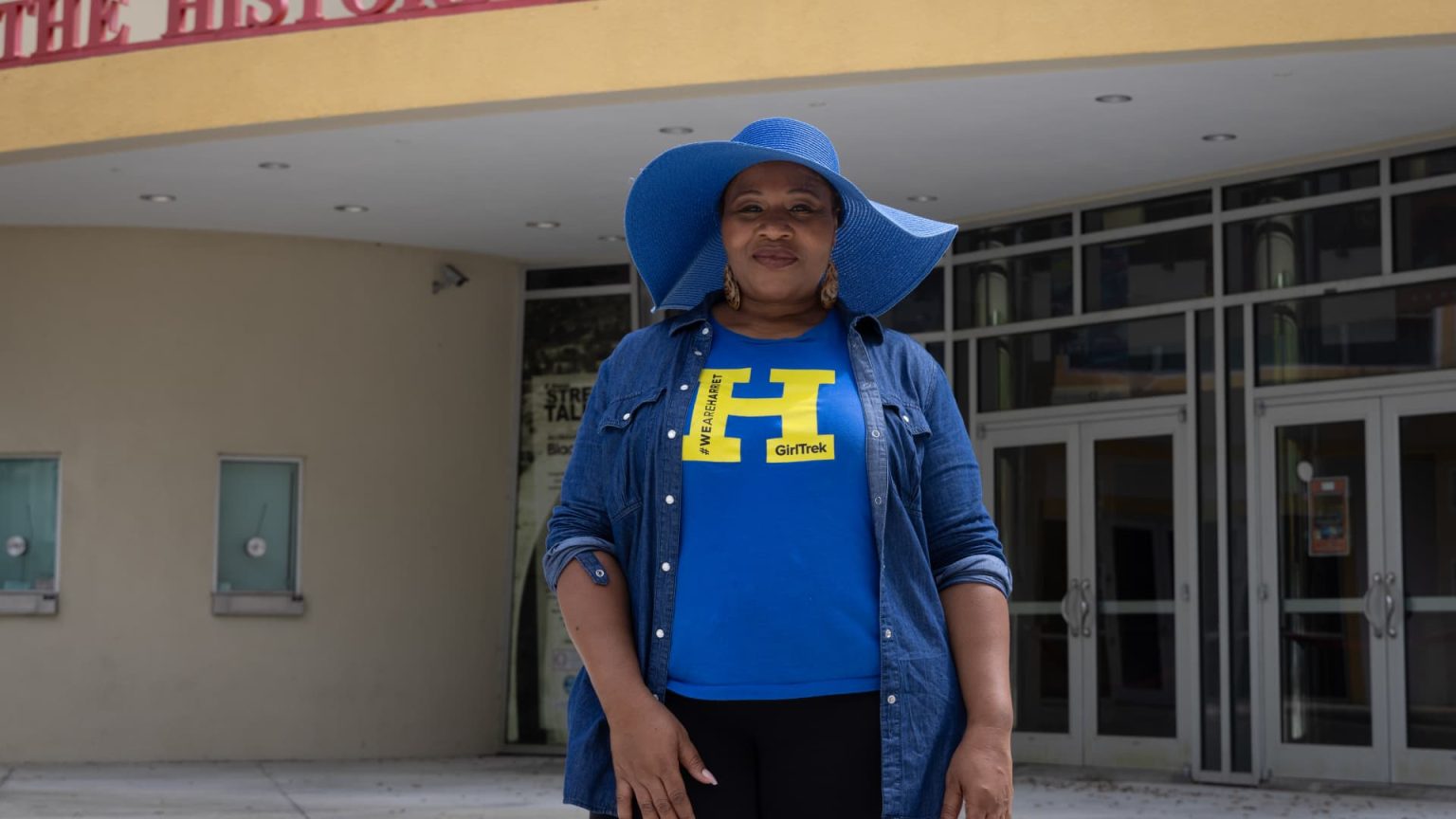The historic Lyric Theater in Miami’s Overtown neighborhood once hosted legendary performances by artists like James Brown and Aretha Franklin. However, the neighborhood is now seeing a transformation due to climate gentrification, driven by rising seas and flooding in Miami. As developers look for higher ground away from coastal flood risk, historically Black neighborhoods like Overtown are becoming hotspots for luxury developments, driving up prices and pushing out long-time residents. This dynamic is exacerbating the housing affordability crisis in Miami, particularly impacting immigrants and low-income residents who are struggling to afford rapidly increasing rents.
Gentrification in Miami is inevitable due to the influx of wealthy residents and businesses, but climate change is shaping the way it occurs. Rising seas and flooding have made neighborhoods like Little Haiti and Liberty City more attractive to wealthy individuals seeking properties at higher elevations. As a result, property values and taxes in these areas are increasing, widening the socio-economic divide in the city. Real estate in higher elevations of Miami-Dade County has appreciated at a faster rate compared to other areas, further displacing established residents and inflating property values.
Climate gentrification is not unique to Miami and is happening in high-risk, high-amenity areas across the U.S. Cities like Honolulu are experiencing similar trends as developers capitalize on higher ground to avoid climate risks. Factors like expensive flood insurance and supply shortages following climate disasters can further drive up housing costs in vulnerable areas. Long-time residents like Fredericka Brown in Coconut Grove and Paulette Richards in Liberty City are witnessing their neighborhoods change rapidly due to development, rising property taxes, and increasing rents, impacting their ability to afford housing and pass down homes to future generations.
Developers in Miami are increasingly considering elevation when choosing locations for new projects, to mitigate flood risks and reduce insurance rates. The Magic City Innovation District in Little Haiti, for example, is being developed with a focus on preserving the neighborhood’s culture and creating economic opportunities for residents. However, the influx of development is causing unsustainable inflation for many long-time residents, leading to concerns about the loss of community identity and the displacement of local residents.
Despite efforts by developers to invest in community revitalization and affordable housing initiatives, the impacts of climate gentrification on historically Black neighborhoods in Miami are deeply felt. As luxury developments encroach on these areas, residents like Nicole Crooks in Overtown are grappling with the economic consequences of rising rents and property taxes. Balancing the need for development with preserving the heritage and character of these communities is a complex challenge facing Miami as it navigates the intersection of climate change and gentrification.


